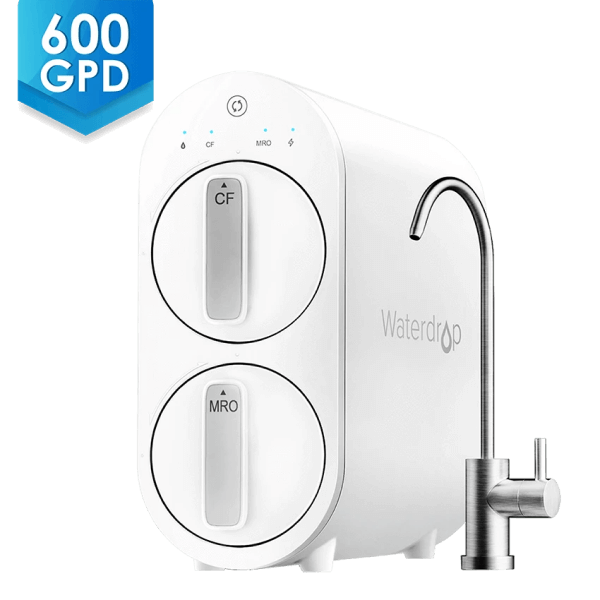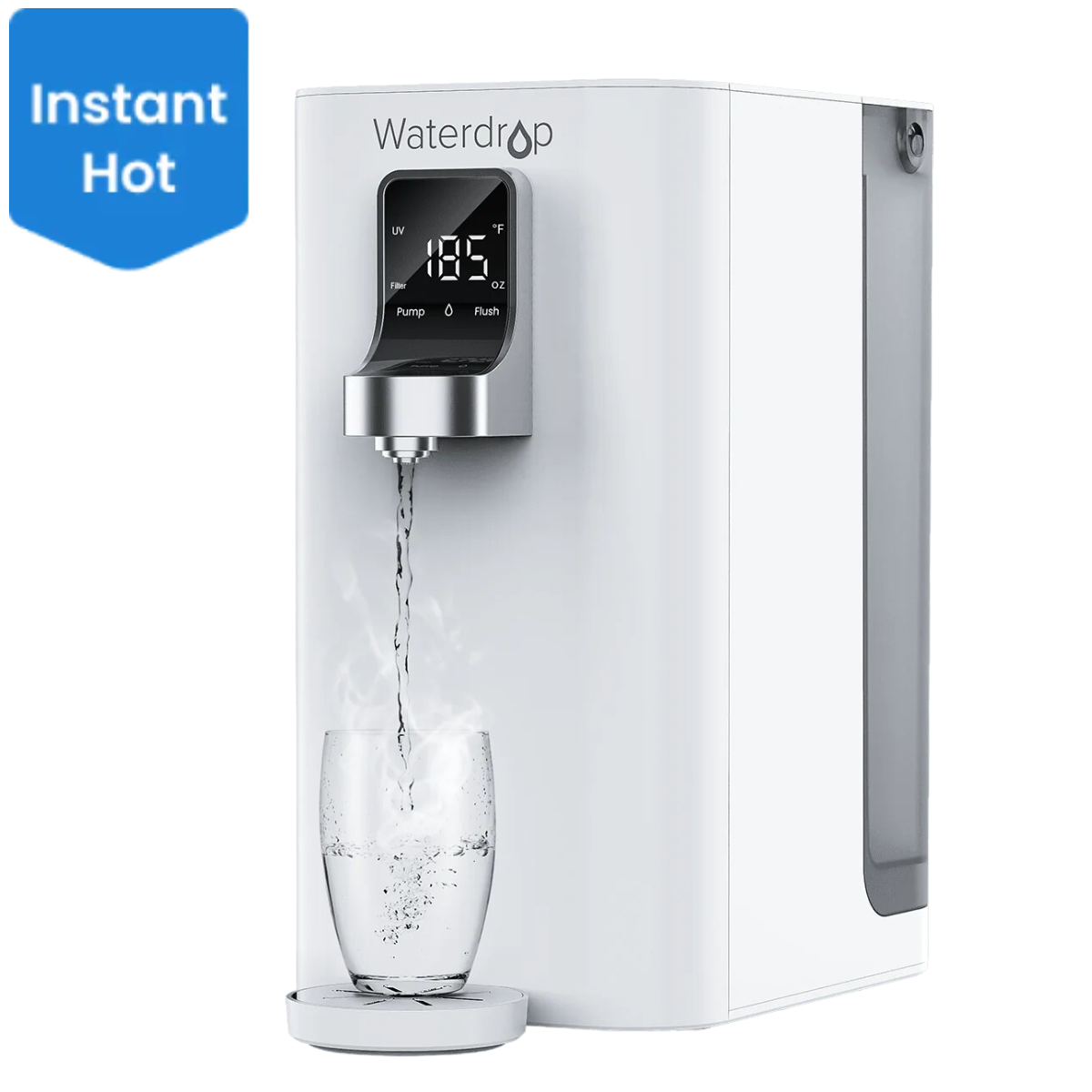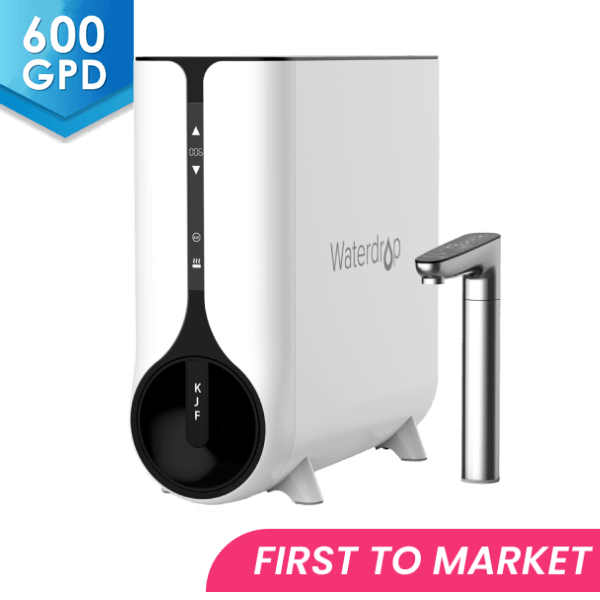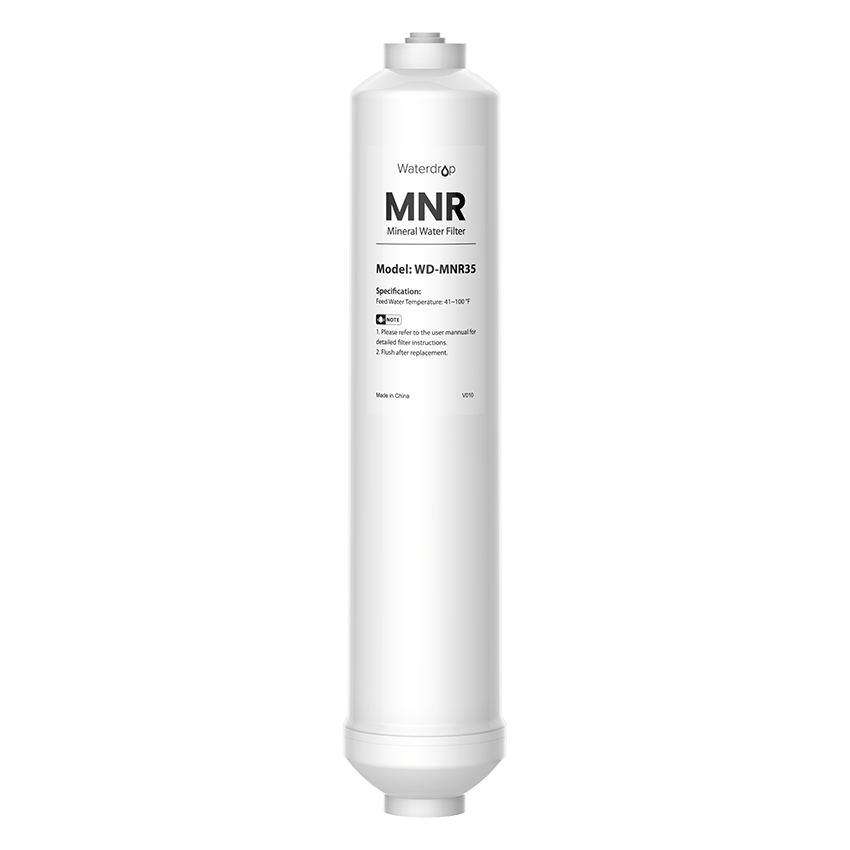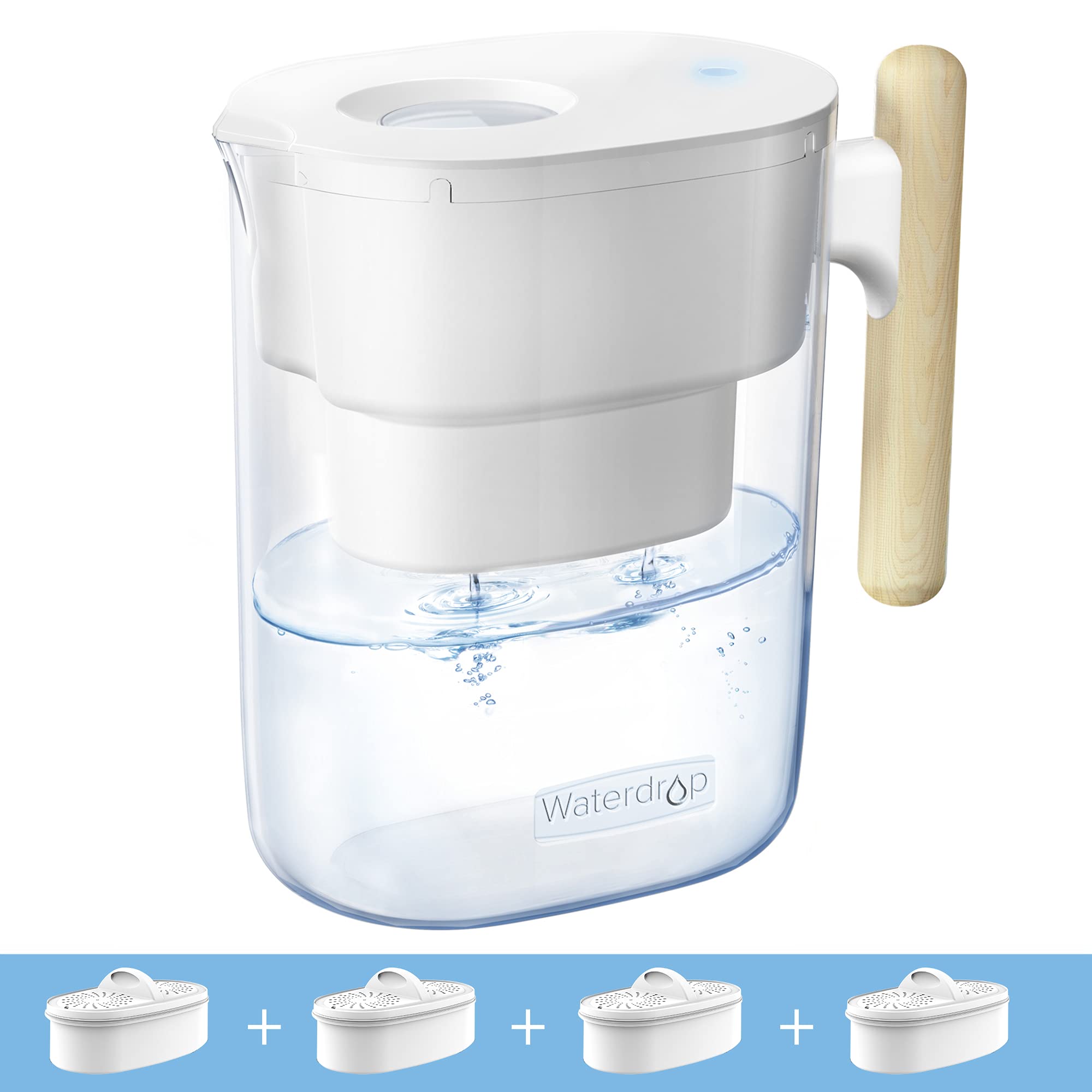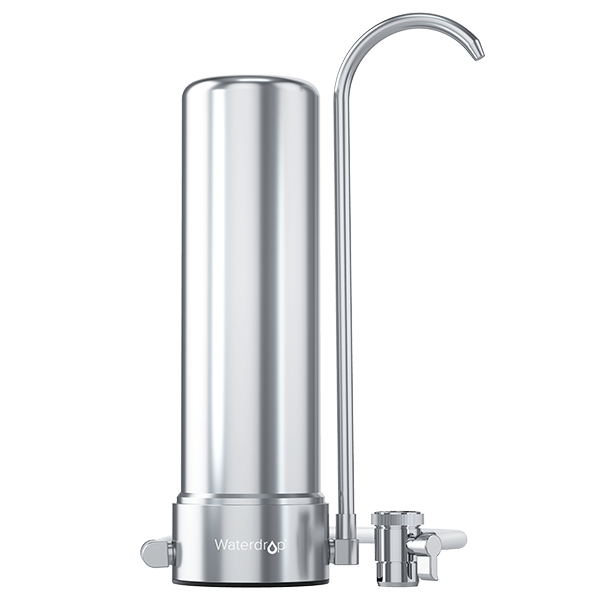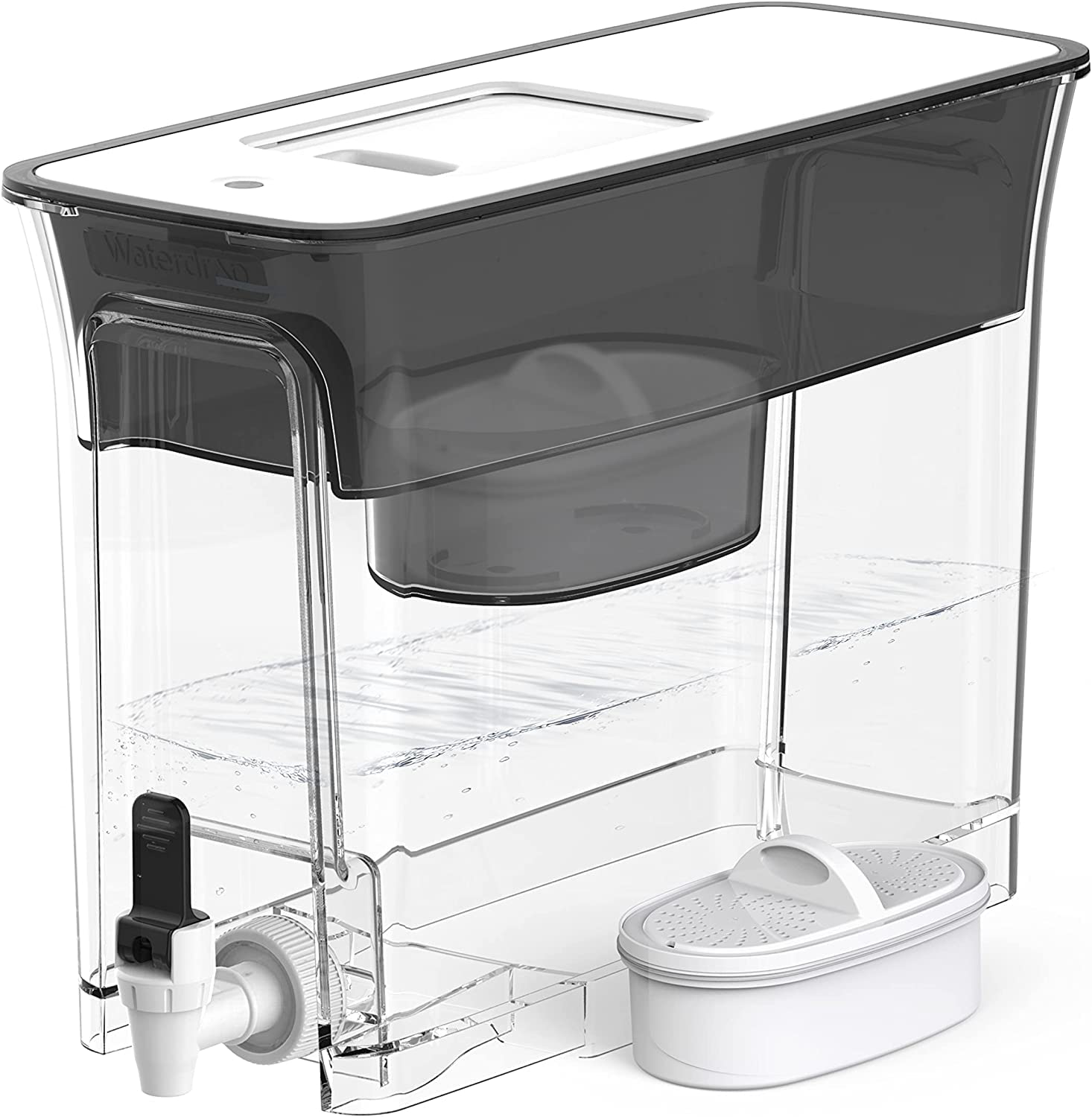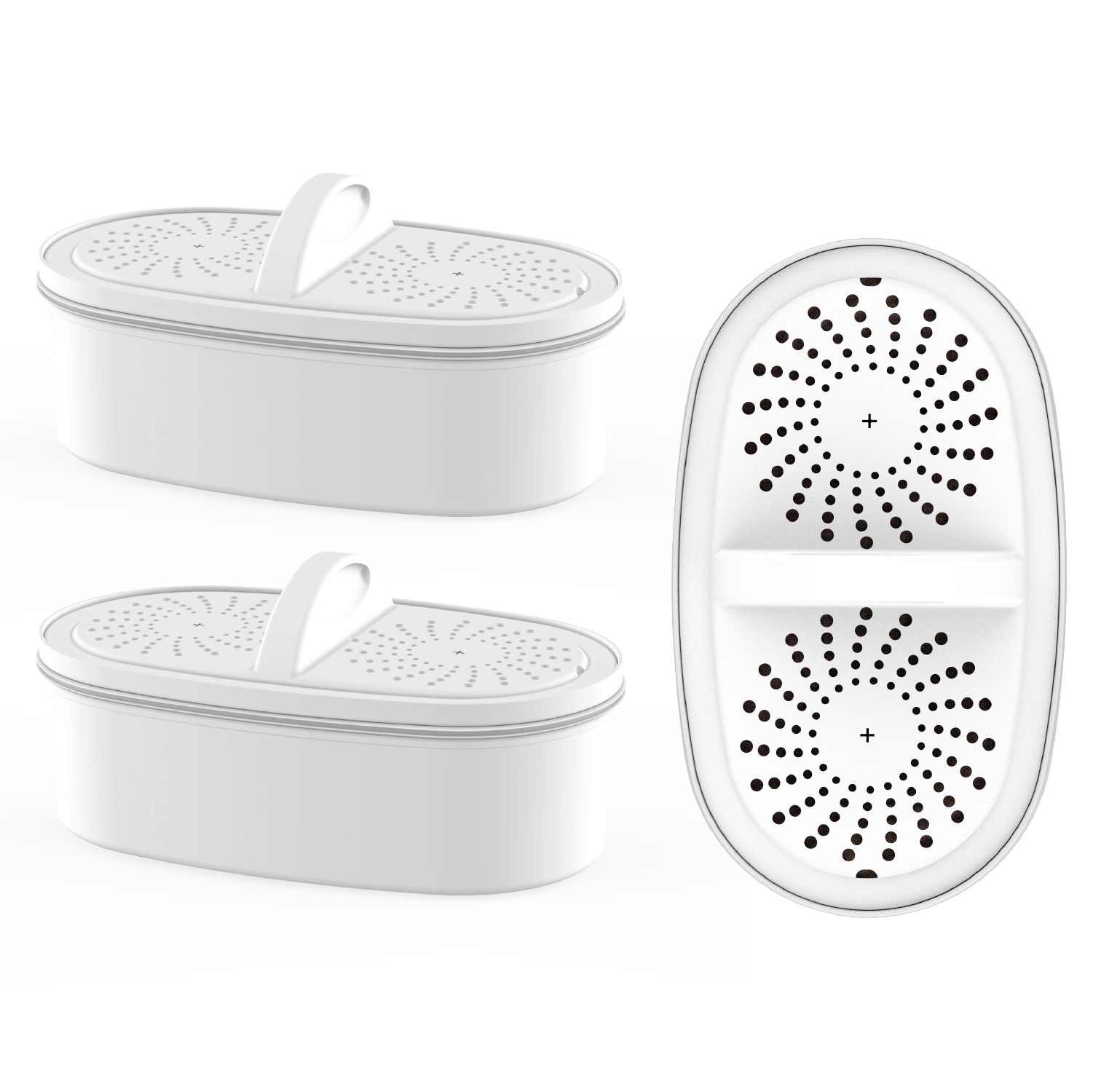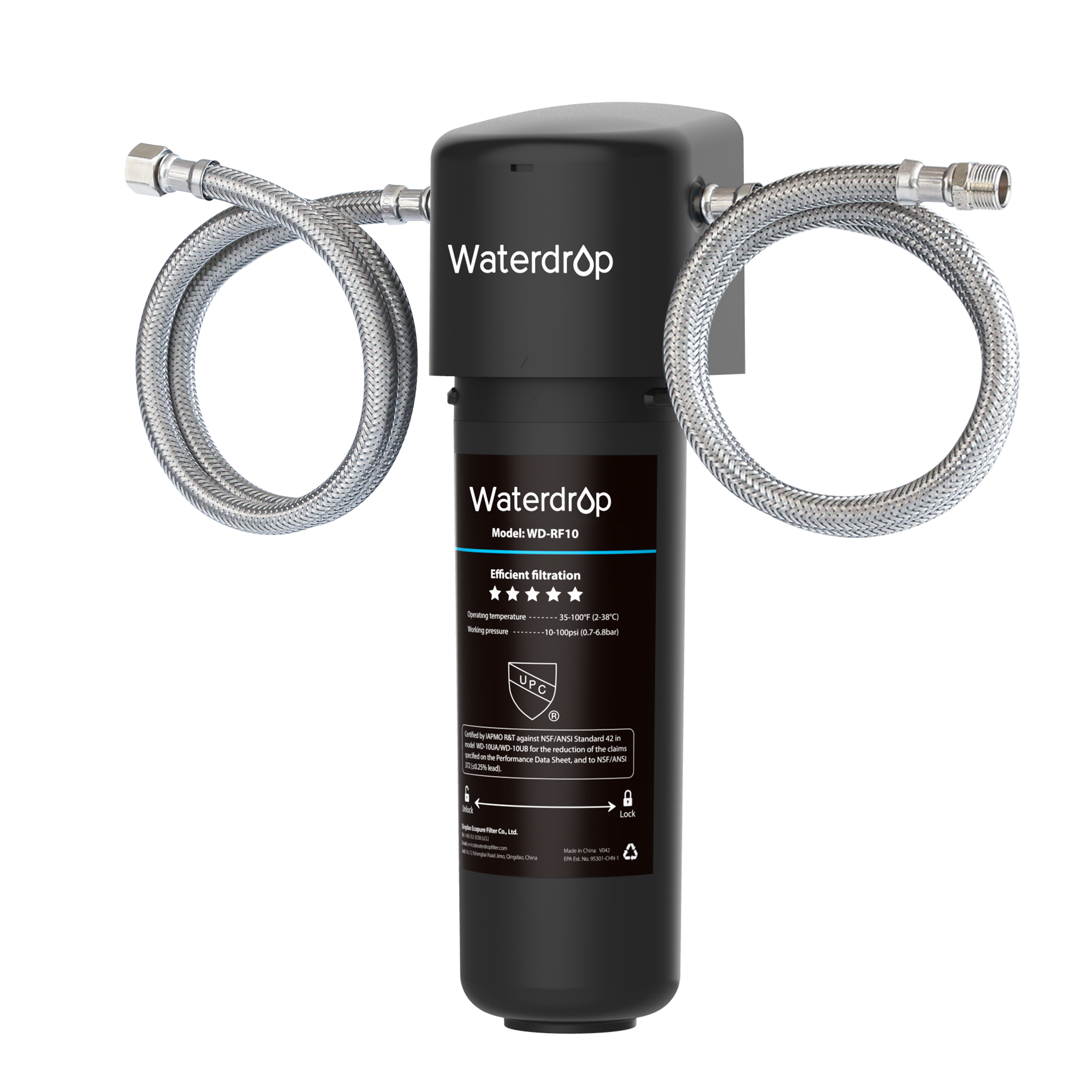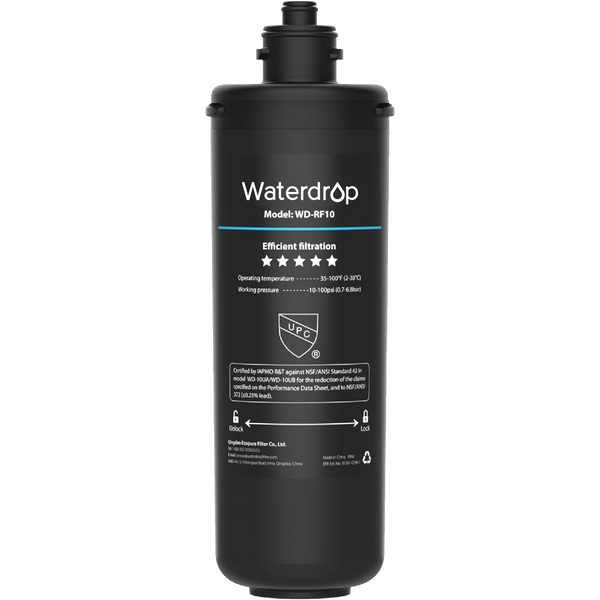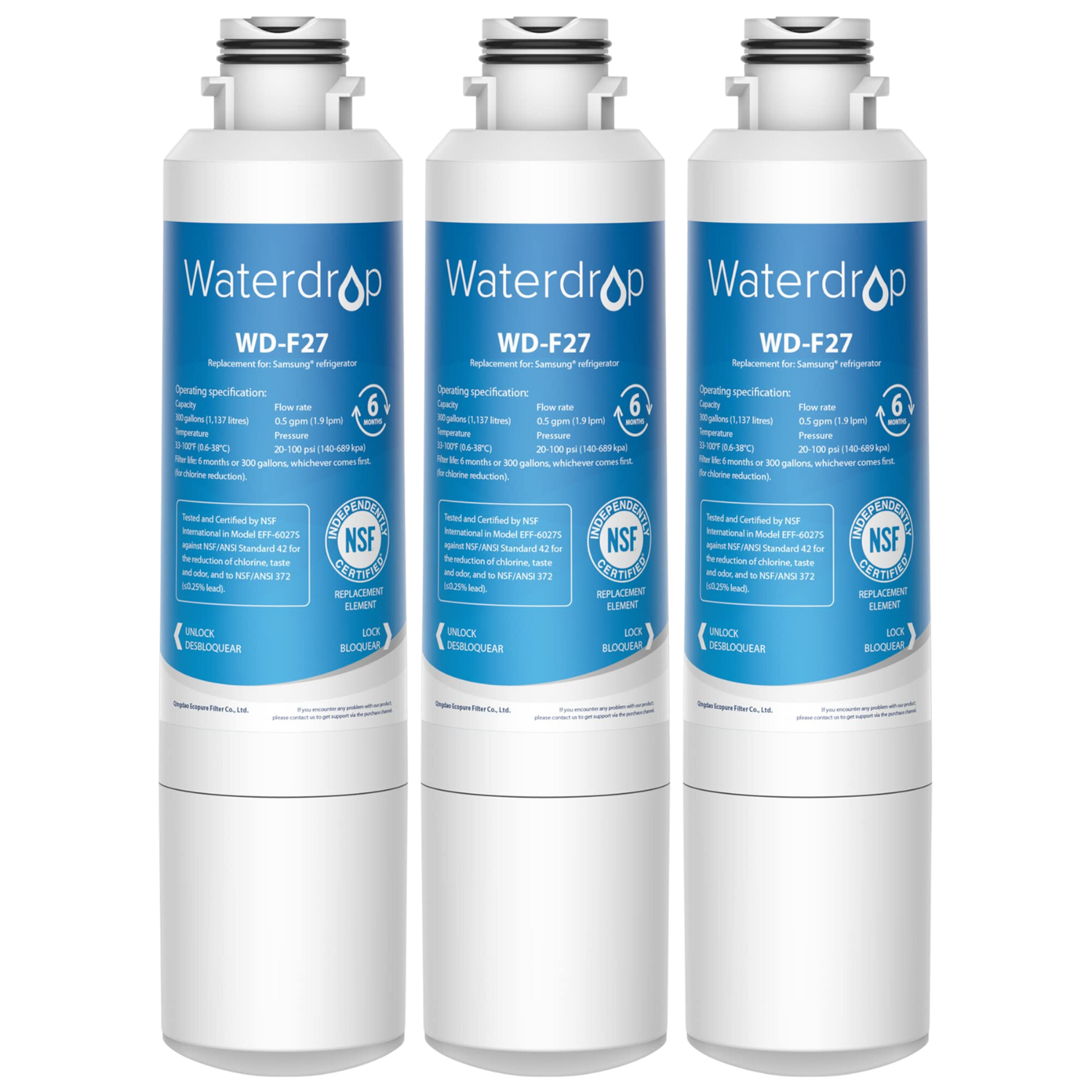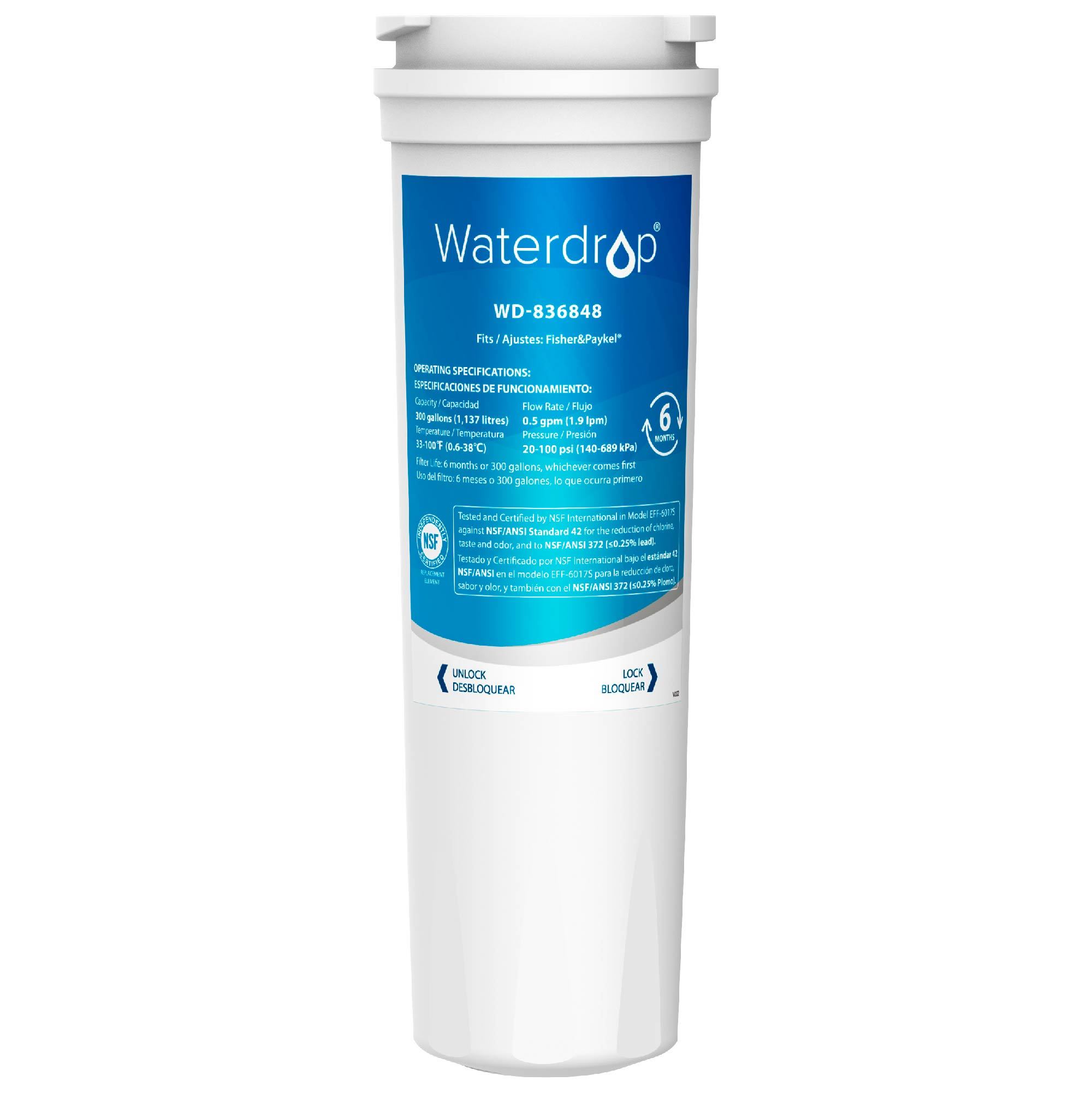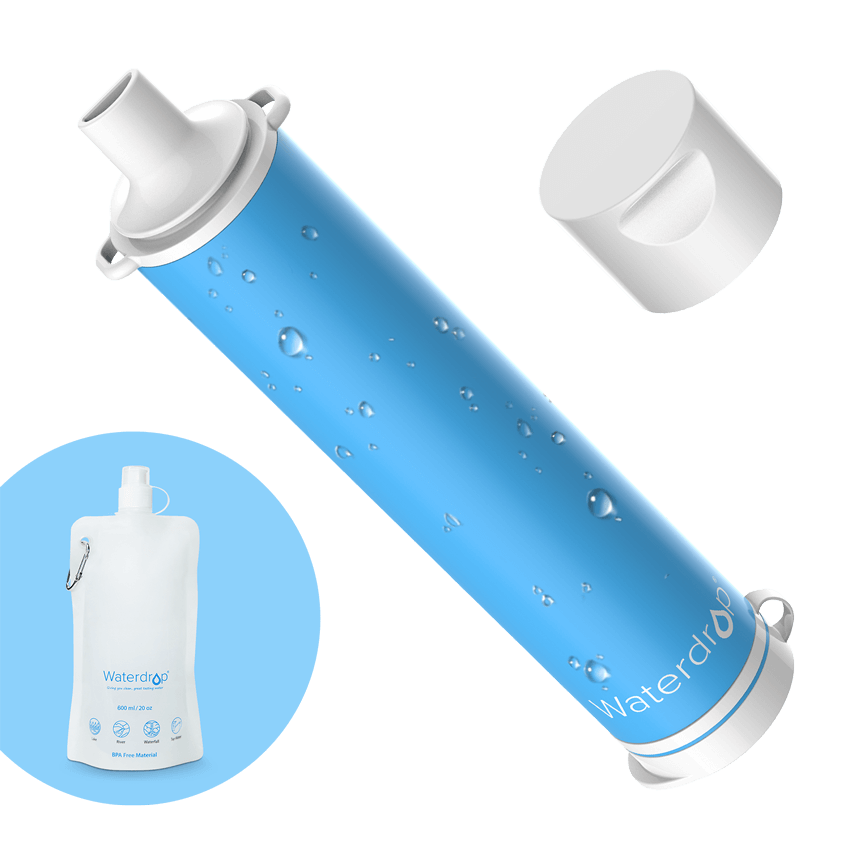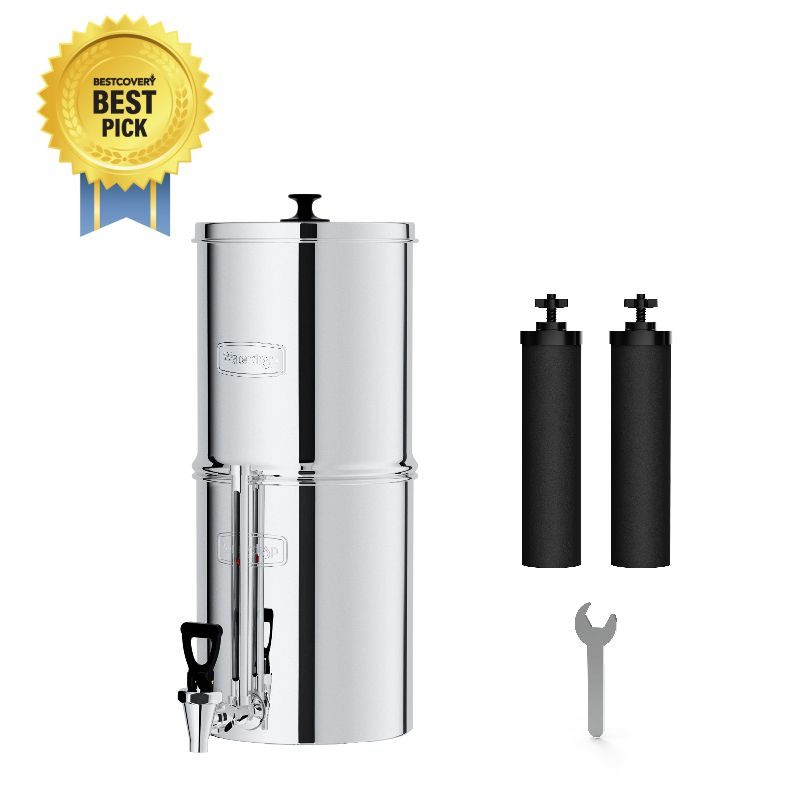Why Does My Water Smell of Sulfur?
by Dr. Jonathan Doyle - Updated December 21, 2021
In order to ensure optimal health, our bodies need water to function well through consumption of sufficient amounts of water. It is recommended for men to drink 15 ½ cups of water on average per day, whereas women should drink 11 ½ cups. This enables your organs to operate well, in the removal of toxins, and more. However, for most people, tap water isn’t enough to replace lost electrolytes and keep your body hydrated. Let’s explore what aspects would make tap water unfavorable for consumption, and how it may be improved.
What Is Sulfur Odor and How Does It Smell Like?
Sulfur occurs naturally around the globe as minerals commonly known as sulfate and sulfide. Two types of sulfates found in average tap water around the nation contain sulfate and hydrogen sulfide. As a byproduct of removing various contaminants found in petroleum products or natural gas, nearly every elemental sulfur is formed. There are rare occasions where it can arise as a chemical reaction between oxygen and other elements (including hydrogen).
The odor of sulfur can be extremely unpleasant, especially in drinking water. If you are running your hot water heater within your home, and begin to notice a strong smell, it could be from hydrogen sulfide gas. The nauseating stench of a chemical reaction produces a compound reminiscent of rotten eggs, or even garlic.
When Did Sulfur Get into My water?
Sulfur can get into your water in a number of ways. Issues tend to arise when:
-
Bacteria grows in a water heater.
Water heaters provide a warm environment where bacteria grow and thrive – including sulfate-reducing bacteria. In turn, this causes a sulfur-like odor as hydrogen gas (for example) breaks down with oxygen molecules. -
Water pipes harboring bacteria.
Natural sulfates meet up with the bacteria that live within your water pipes, which results in the production of hydrogen sulfide gas. -
Something in your water is rotting.
-
Acid ran has fallen.
Did you know that sulfates exist within the atmosphere? This is in addition to existing within our water supply. In fact, sulfur trioxide is found in the atmosphere, and is formed through the combustion of fossil fuels, combined with water vapor found in the air. This results in diluted sulfuric acid, which may also be referred to as acid rain.
Is Water Found to Contain Sulfur Harmful?
You should not be concerned about showering in water found to contain sulfur. In fact, sulfur is a natural part of life, and has not shown to impart any significant health effects. This means it will not endanger your wellbeing or overall health if you shower in it. The biggest downside to sulfur-containing water would be the foul smell. This would make consuming it unpleasant, and perhaps rather difficult.
If you drank water over a significant period of time, you may experience skin allergies, gastrointestinal upset, and more. While this isn’t directly due to sulfur being present in the water, it would be due to a lack of water consumption. Drinking an inadequate amount of water can lead to a whole slew of health problems, and should be avoided at all costs. You may experience similar products if you drink water with a large amount of sulfur. This highlights the importance of balancing the amount of minerals found in the water you drink. Read more to learn how to drink water properly.
Should You Treat Water Found to Contain Sulfur?
Testing Your Water
If you have bad-tasting or smelling water, it could be due to sulfates and hydrogen sulfide. To fix this issue the first step is getting your tap tested in person by a trained professional who will determine what's causing these smells.
Reverse Osmosis Water Filter
Once you recognize the sulfur smell of your tap water, it will become increasingly clear that you should purify it. By doing so, various odors and impurities can be safely removed. Something such as a Reverse Osmosis water filter can provide the level of purification necessary to get the job done.
Because of the RO filter’s membrane pore size, at least 0.0001 microns or more, peculiar smells are effectively removed. This includes sulfur, a naturally occurring problem. This type of water purification will not produce additional problems in your water source, proving exactly how innovative the Reverse Osmosis system can be.
The 800GPD Tankless RO system, equipped with an advanced UV light and 3-stage filters, comes highly recommended. Capable of removing up to 99.9% of viruses and bacteria, this purification unit highlights the exact efficiency of UV lights. Not only does this reduce sulfate causing bacteria, it will remove sulfur from your tap water. By utilizing a 7-layer membrane, chlorine is reduced up to 12x more than your average water purification system. Plus, Waterdrop included a scale inhibitor to lessen buildup for top-notch performance.
The D4 is a second option in our list, as a tankless Reverse Osmosis filtration system. This unit comes at a more affordable price, in a small size, and sleek design. This makes it the perfect solution for homeowners struggling to find space for a water purification system. Achieve maximum water quality with the D4 RO system by Waterdrop.
Before You Go
Water is one of the most important resources to mankind. This makes it a rather important utility to purify for consumption. Families around the world no longer have to be concerned about the overall safety of their water supply, with the addition of an affordable water purification system. By ensuring safe and healthy tap water, your family is poised to move into the future with a reliable water supply. Stay hydrated, improve your health, and avoid the consequences of dehydration associated with poor water, by installing a Reverse Osmosis water system today.


